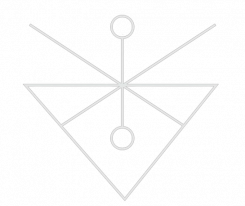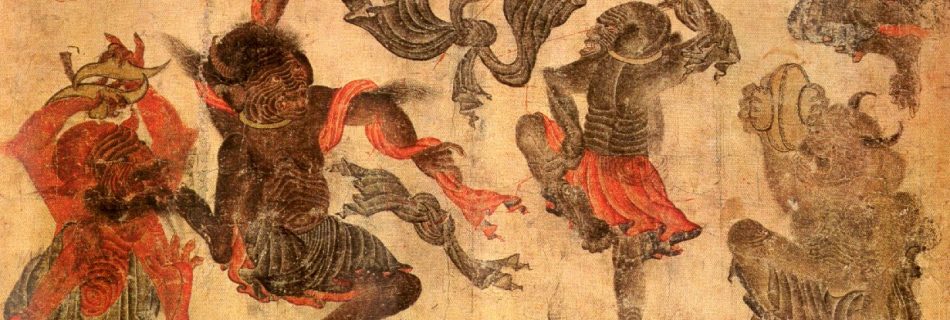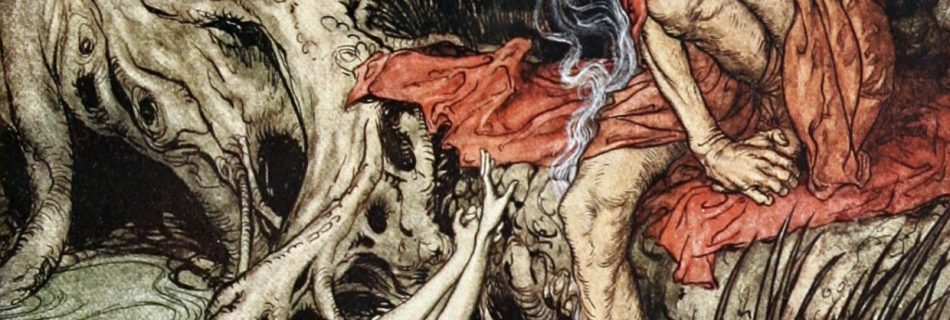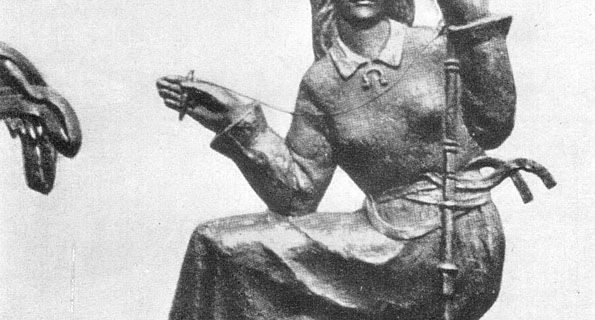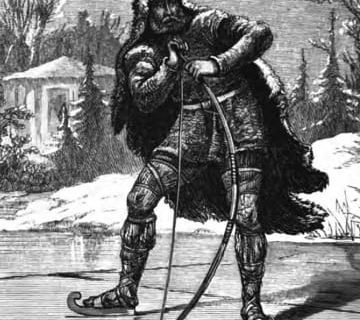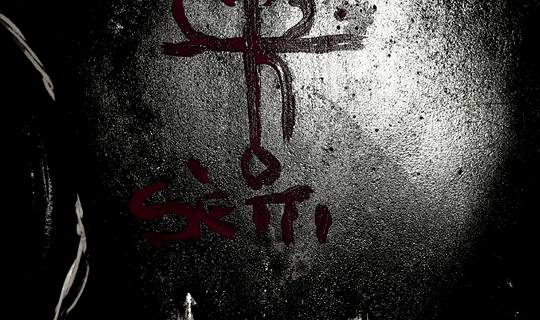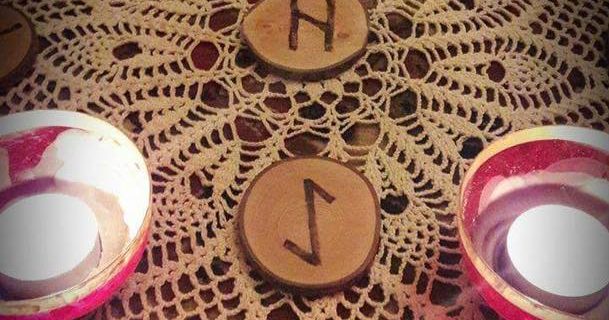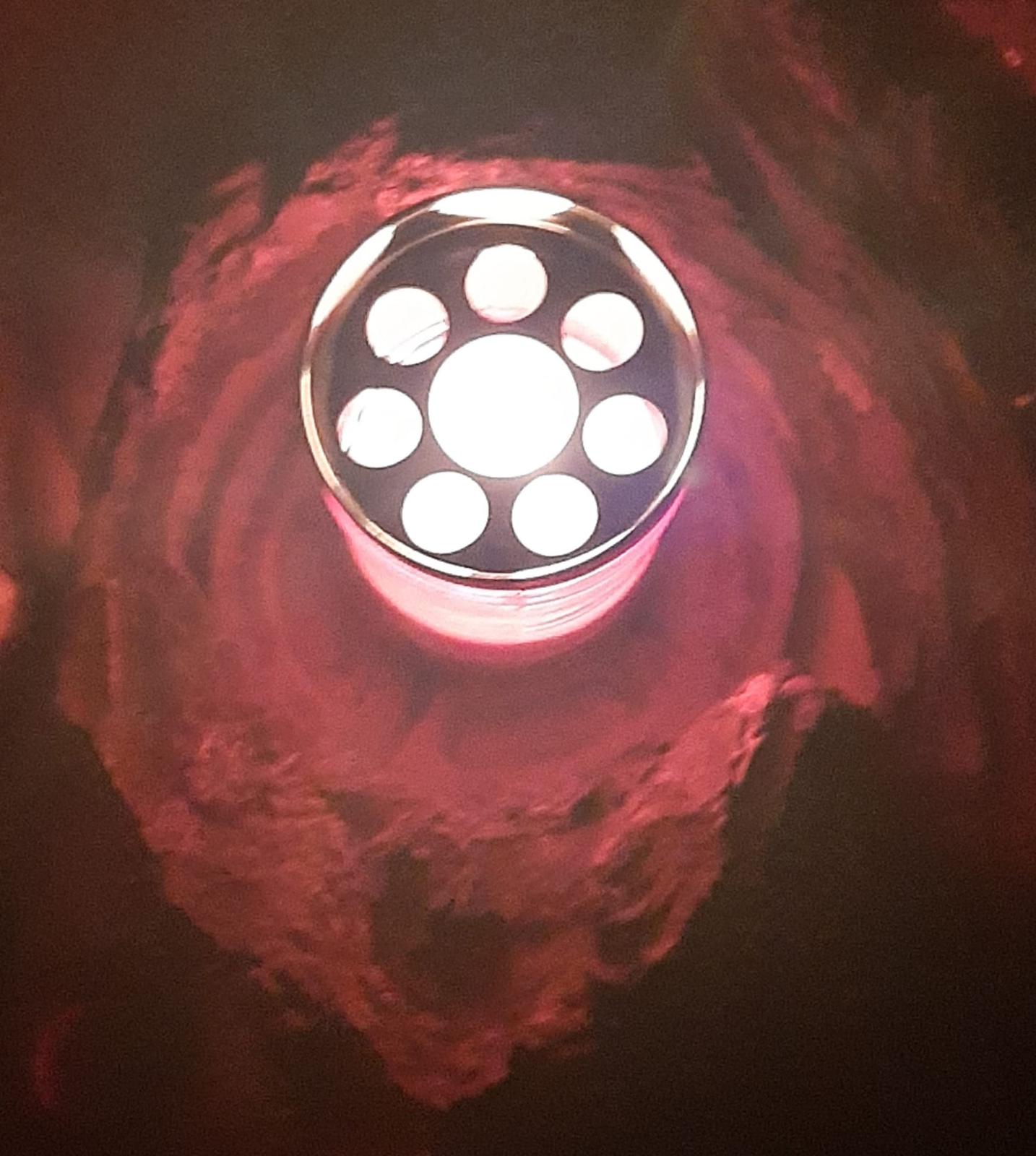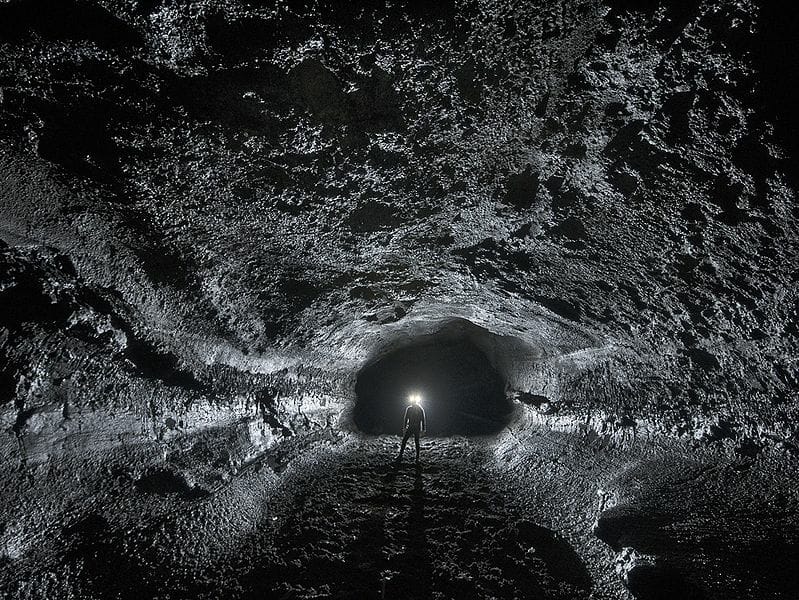I 9 canti sciamanici: tra storia e sacralità
Con questo articolo sullo sciamanesimo in Cina si vuole continuare la ricerca del ricordo, la ricerca di quell’arcaicità insita in quel “filo rosso” occulto che unisce la tradizione del Nord alla tradizione orientale dell’antica Cina, parlando dei 9 canti sciamanici di Chu. Per poter parlare di questo argomento come prima cosa è inevitabile menzionare, data …
